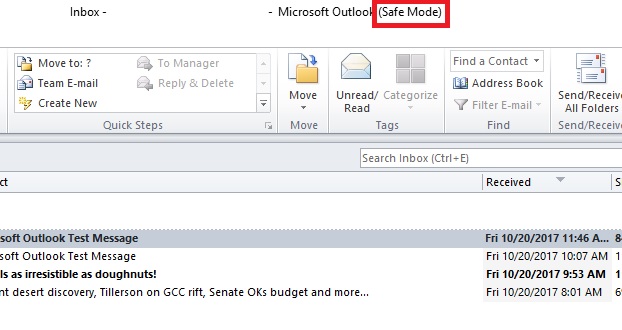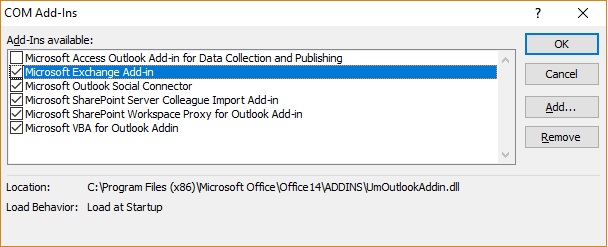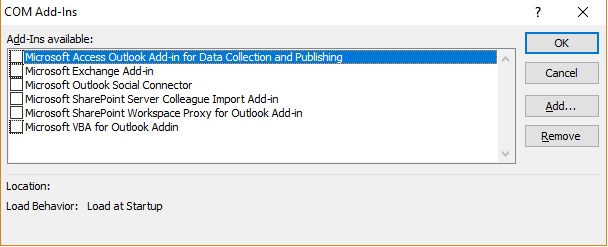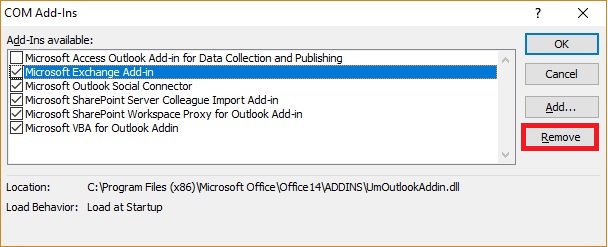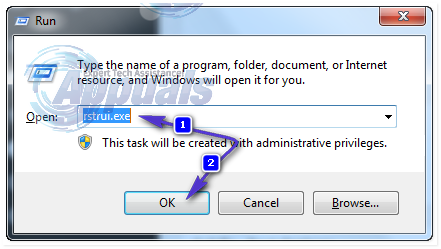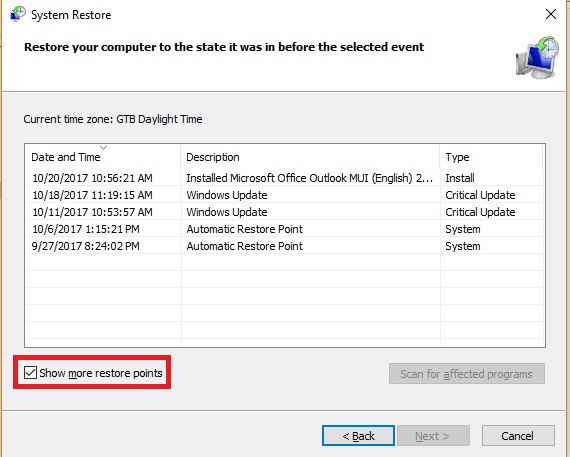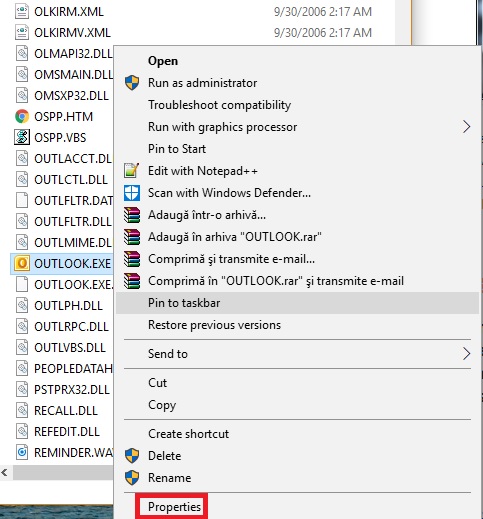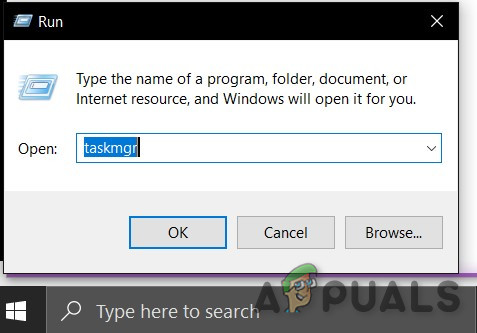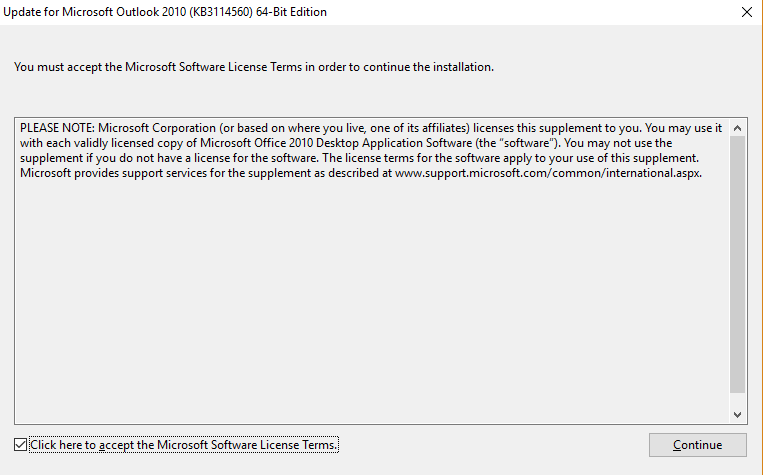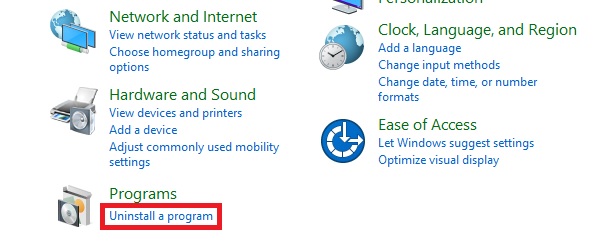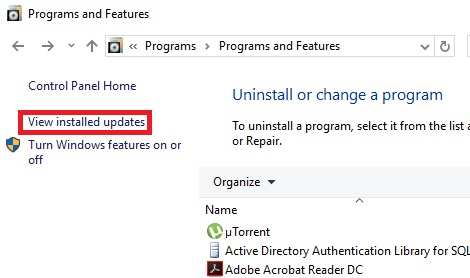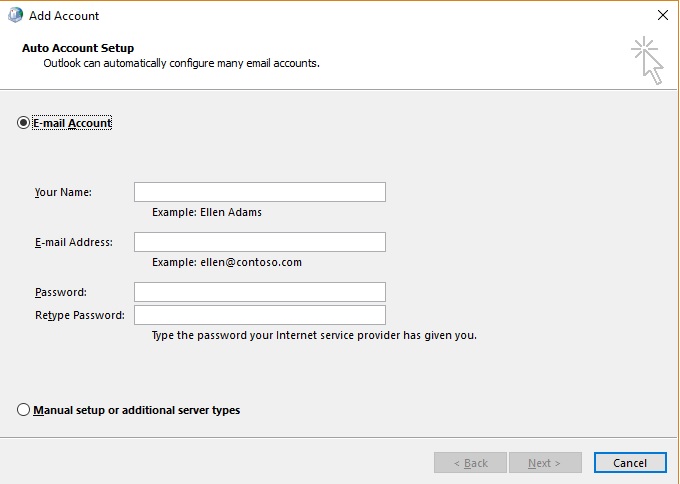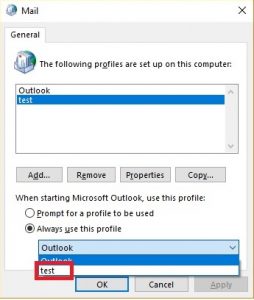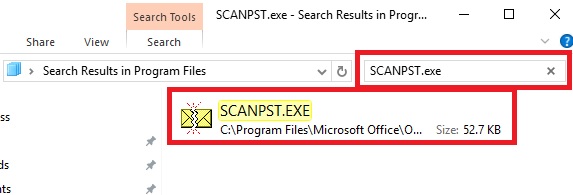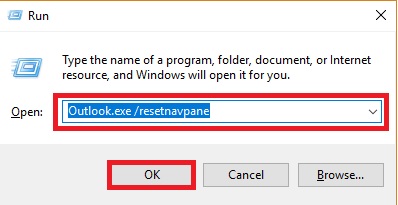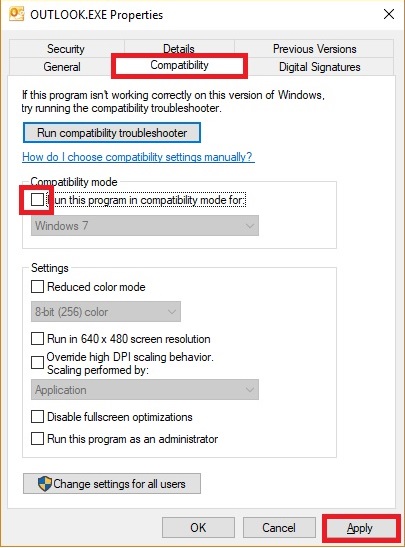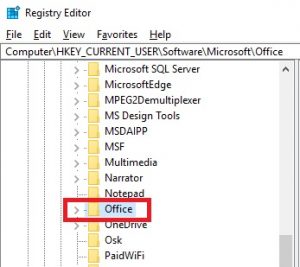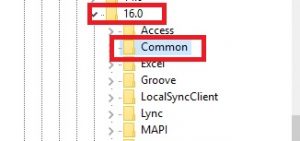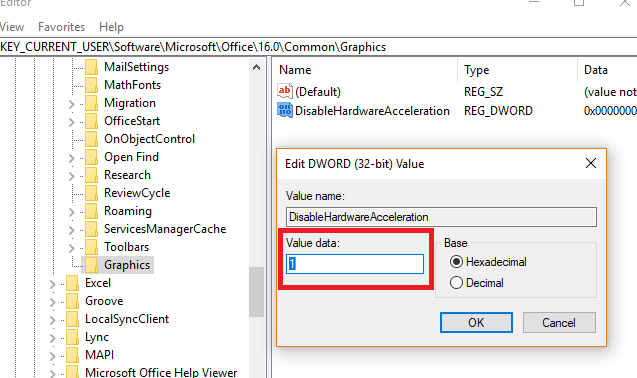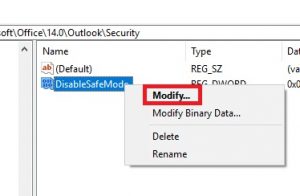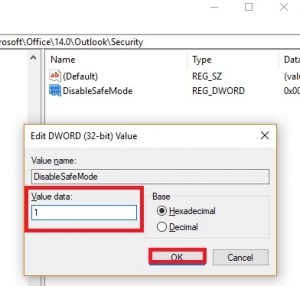Unless you initiated the Safe Mode yourself for whatever reasons, I won’t advise you to continue using Outlook in this mode. You won’t be able to save templates, preferences and you won’t be able to use smart tags, among others. If you’re in this type of situation, it’s recommended that you treat Safe Mode as a diagnostic tool and resolve your problem.
When is Safe Mode used in OutLook
Outlook will regularly update the system registry to allow the new extensions you install to function as they should. If the program detects a problem at launch that prevents it from running, it will automatically turn to Safe Mode. This usually happens right after you install a new add-on that doesn’t play well with your Outlook version. You can trigger safe mode yourself by opening a Run window and typing Outlook /safe and hitting OK.
In the event that Outlook automatically starts in Safe Mode, it’s usually a sign that something is not working properly. Sometimes, Outlook will manage to pinpoint the add-in component that is preventing Outlook from starting normally. If it asks you like to disable the faulty component, give it a try and see if Outlook manages to start normally.
Potential Safe Mode triggers
If you’re using version 2010, your problem is most likely caused by the KB3114409 update that causes Outlook to start in Safe Mode and revert to the default settings. In the event that you’re using an older Outlook version like 2007 or 2003, your issue might be related to Windows Search service. The wrong add-in can also conflict with your Outlook version to the point where you’ll force it to start in Safe Mode. These are just three of the potential culprits, but the causes can originate from a lot of places. Below you have a collection of fixes that have already helped a lot of users prevent Outlook from running in Safe mode. Follow the methods above in order according to your Outlook version until you find a fix that solves your problem.
Method 1: Disabling add-ins in Safe Mode (All Outlook versions)
This is a common occurrence on every Outlook version from Outlook 2007 to Outlook 2016. This happens because certain add-ins will conflict with your Outlook version. This is even more likely with outdated add-ins installed on the latest versions of Outlook. Note: If you installed ABBYY FineReader add-in before this error started happening, follow the steps below to remove the add-in from your Outlook version.
Method 2: Restore Your Computer Using System Restore (All Outlook versions)
System restore is a Windows feature that allows users to revert their computer state to a previous point in time. This serves our purpose if we can revert to a state previous to where Outlook started malfunctioning. Here’s what to do:
Method 3: Restore to a previous version of Outlook
If restoring your desktop OS to an earlier version didn’t work, let’s try restoring Outlook to a previous version. Here’s how:
Method 4: Uninstalling the KB3114409 update ( Outlook 2010)
Sometime in 2015, Microsoft issued a security patch that caused Outlook to run in Safe Mode and revert it back to the default configuration. The user-made configurations aren’t lost forever and will be back when Outlook manages to boot up in normal mode. If you have this problem, there are two ways to proceed forward. Since Microsoft issued an update that fixes the problem caused by KB3114409, we can install that over the bad update. A different route would be to simply uninstall the KB3114409. We highly recommend you to go for installing the official Microsoft update fix. But regardless of which option you opt for, we will guide you through the whole process.
Using the official Microsoft fix
Microsoft update KB3114560 was issued specifically to fix the damage done by KB3114409. As a rule of thumb, you should always install security updates from the official website. Here’s what you need to do:
Uninstalling the KB3114409 update
Method 5: Doing an Outlook Profile reset (All Outlook versions)
If you experience hanging at the initial Outlook splash screen (right before it initiates Safe Mode), you might need to do a profile reset. Here’s how to do it:
Method 6: Checking the PST folder for corruption (All Outlook versions)
Another common cause for Outlook starting in Safe Mode is the Personal Folders File (PST). In the event that it becomes very large, or some files inside are corrupted, it might prevent the program from starting in normal mode. Luckily, you can easily check for corruption by using a Microsoft Repair tool called Scanpst.exe. Here’s what you need to do:
Method 7: Running the /resetnavpane command (All Outlook versions)
The navigation pane is that left portion of Outlook where you can oversee your folder list and access various icons to move between calendar, people, tasks, and mails. Sometimes, it can become glitched and prevent Outlook from starting in normal mode. Luckily, there is a command that removes any customizations to the navigation pane and gets rid of any glitch. Even better, this is done outside Outlook with ease. Here’s how:
Method 8: Disabling compatibility mode
A lot of users have reported that they managed to start Outlook in normal mode after finding out it was running in compatibility mode. Compatibility mode is designed to help a program run as if it was running on an older operating system. As it turns out, turning off compatibility mode might just fix your Outlook Safe Mode problem. Here’s how:
Method 9: Disabling hardware acceleration (All Outlook versions)
As it turns out, Outlook tries to use hardware acceleration whenever it can to make things as seamless as possible. If you’re Outlook forces itself into Safe Mode, it could very well be an issue with hardware acceleration. We can check to see if that’s the case by making some minor tweaks inside regedit. Here’s how:
Method 10: Resetting the Safe Mode Registry Key (Outlook 2010)
If you have unsuccessfully followed all the methods above, there’s one more thing you can try. A final solution would be to try and prevent Safe Mode from kicking in by tweaking the registry key. But keep in mind that after you’ll follow the steps below, you won’t be able to use Safe mode in the future. At least not until you remove the key that we will create. Here’s what you need to do:
Fix: Outlook Not Sending Emails ‘2007, 2010, 2013, 2016’How to Archive Emails in Outlook 2007, 2010, 2013, 2016Fix: Outlook 2010 Starts In Safe ModeFix: Windows 10 is stuck in safe mode


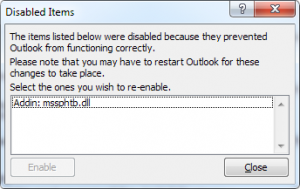
![]()
